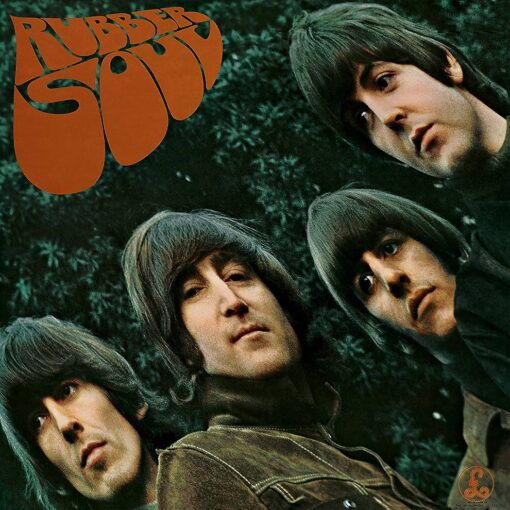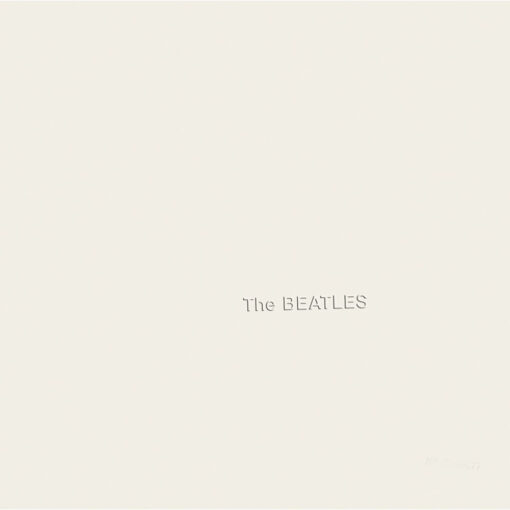- Published on 1968
- Author: Lennon/McCartney
- Track 26 on “The Beatles – White Album“
PAUL 1968: “My dad’s always played fruity old songs like that, you know. And I liked ’em. I like the melody of old songs, and the lyrics actually as well. There’s some old lyrics, like, you know– the woman singing about the man, and she’s saying something about ‘I wanna have his initial on my monogram.’ You know what I mean? There’s good lyrics and just good thoughts that you don’t sort of hear so much these days, you know. And so, I would quite like to have been a 1920’s writer, ‘cuz I like that thing, you know. Umm, you know, up in top hat and tails and sort of coming-on to ’em. So this kind of number, I like that thing. But, uhh… So this is just me doing it, pretending I’m living in 1925.”
GEORGE 1987: “John played a brilliant solo on ‘Honey Pie’ –sounded like Django Reinhardt or something. It was one of them where you just close your eyes and happen to hit all the right notes… sounded like a little jazz solo.”
PAUL circa-1994: “I very much liked that old crooner style– the strange fruity voice that they used, so ‘Honey Pie’ was me writing one of them to an imaginary woman, across the ocean, on the silver screen, who was called Honey Pie. It’s another of my fantasy songs. We put a sound on my voice to make it sound like a scratchy old record. So it’s not a parody, it’s a nod to the vaudville tradition that I was raised on.”
About “Honey Pie”
“Honey Pie” is a charming composition featured on 1968 White Album. This delightful tune was penned entirely by Paul McCartney but bears the collaborative stamp of the Lennon-McCartney partnership.
The song pays direct homage to the whimsical British music hall style. It narrates the tale of a renowned actress, affectionately dubbed “Honey Pie”, who achieves stardom in the United States. Her former lover yearns for her return to England, a theme reminiscent of classic music hall plots. The band artfully infuses an old-timey ambiance by incorporating lines like “Now she’s hit the big time!” and adding “crackles” reminiscent of 78 rpm records. The song kicks off with a leisurely intro before picking up the pace.
“Honey Pie” boasts a skillfully arranged ensemble of clarinets and saxophones. The clarinets, creating harmonious water sprays in parallel thirds, harmonize with the saxophones.
The recording process commenced on October 1, 1968, at London’s Trident Studios on Wardour Street. The first day saw only one take, although prior rehearsals were likely recorded and subsequently discarded. McCartney recorded his lead vocals the following day, accompanied by the addition of a lead guitar part. George Harrison attested that John Lennon contributed the guitar solo. On October 4, George Martin recorded the song’s woodwind arrangement. McCartney concluded the session with a final vocal overdub.
Before formal recording sessions for the album began, the Beatles produced a demo of “Honey Pie” at George Harrison’s Esher home studio. This rendition featured slightly altered lyrics and lacked the introduction found in the final version. In 1996, this demo was released on Anthology 3 and included in the 2018 Super Deluxe edition of “The Beatles” album.
Marking its 50th anniversary, “Honey Pie” was ranked 25th in Jacob Stolworthy’s assessment of the 30 tracks on the White Album. He characterized it as a catchy yet somewhat uninspiring tribute to wartime-era music hall entertainment, noting it as one of McCartney’s comparatively weaker compositions.
Over the years, “Honey Pie” has been lovingly covered by various artists including Barbra Streisand, Tuck & Patti, and John Pizzarelli. It even found its way into the repertoire of the band Phish, who performed the entire “White Album” for their Live Phish Volume 13. Notably, in the 1978 film “Sextette”, Dom DeLuise delivered a rendition of the song.
Meaning of “Honey Pie”
“Honey Pie” is a whimsical and nostalgic love song. The lyrics are written in a style reminiscent of early 20th-century music hall or vaudeville performances.
The song tells the story of a man expressing his affection for a woman he endearingly calls “Honey Pie.” In the narrative, Honey Pie becomes a famous actress in the United States, achieving stardom. Despite her success, the narrator longs for her to return to him in England. The premise of a devoted admirer yearning for the return of his lover is a common theme in music hall songs.
Overall, “Honey Pie” captures a sense of old-fashioned charm and romance, drawing on imagery and sentimentality from an earlier era. It showcases the Beatles’ ability to experiment with different musical styles and genres, in this case, evoking a nostalgic, vaudeville-inspired atmosphere.
Personnel
The Beatles
- Paul McCartney – vocal, piano
- John Lennon – rhythm guitar, lead guitar
- George Harrison – six-stringed bass
- Ringo Starr – drums
Additional musicians
- George Martin – saxophone and clarinet arrangement
- Harry Klein – saxophone
- Dennis Walton – saxophone
- Ronald Chamberlain – saxophone
- Jim Chester – saxophone
- Rex Morris – saxophone
- Raymond Newman – clarinet
- David Smith – clarinet


